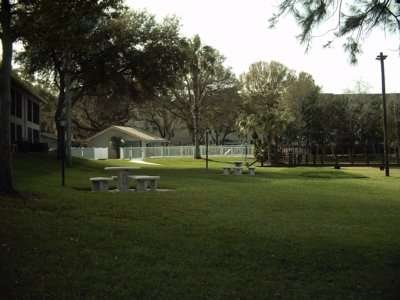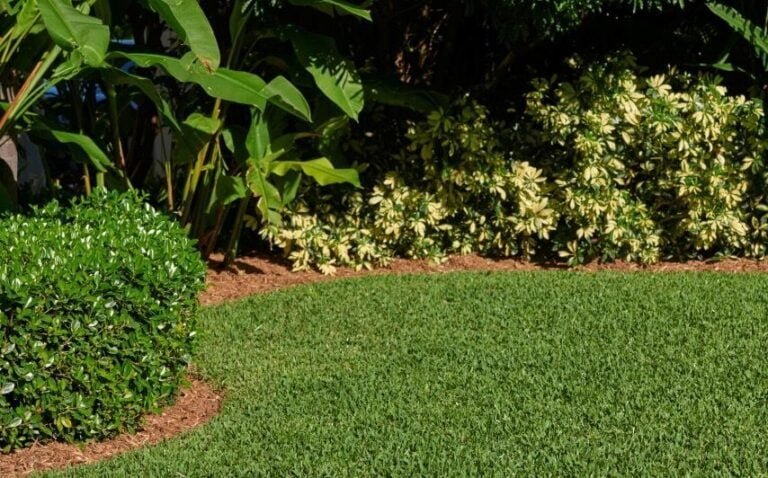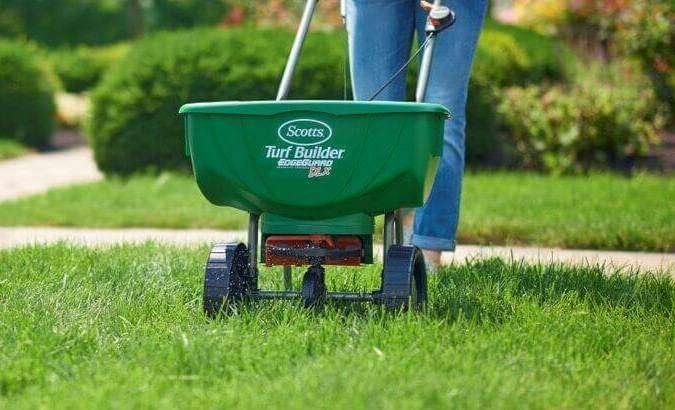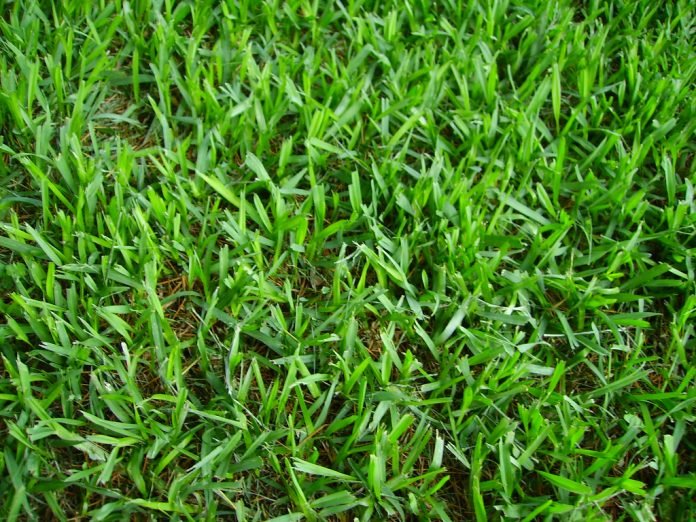St. Augustine Lawn Pests
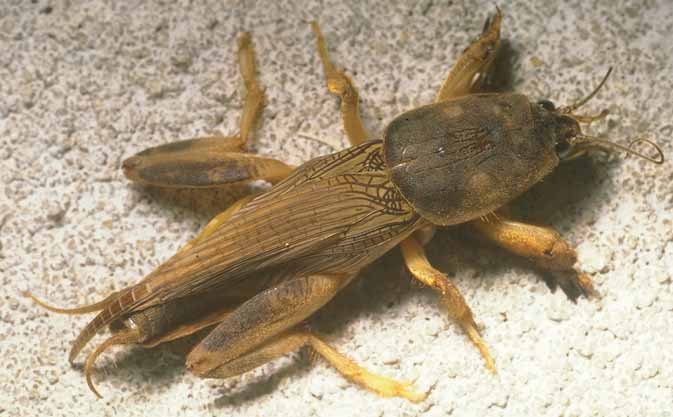
Lawn pests that are common in St. Augustine lawns are chinch bugs, white grubs, sod webworms, and mole crickets. Lawn treatment is needed to control and eliminate St. Augustine Lawn Pests. Identifying turf pests and damage is the first step toward good lawn control of any insect infestation.
Lawn Pests Chinch Bugs
 The most damaging are chinch bugs causing yellowish to brownish patches in the beginning and eventually leading to dead areas in the turf. This is a foliar-feeding insect that sucks plant juices from the roots causing damage by killing St. Augustine grass. They will spread and can eventually become a major infestation if Identifying Chinch Bug, Damage, And Treatment are not done as soon as possible. Repeat insecticidal applications are often needed to eliminate this type of lawn pest. High levels of nitrogen encourage chinch bugs to invade St. Augustine lawns. This is usually caused by the over-fertilization of lawns.
The most damaging are chinch bugs causing yellowish to brownish patches in the beginning and eventually leading to dead areas in the turf. This is a foliar-feeding insect that sucks plant juices from the roots causing damage by killing St. Augustine grass. They will spread and can eventually become a major infestation if Identifying Chinch Bug, Damage, And Treatment are not done as soon as possible. Repeat insecticidal applications are often needed to eliminate this type of lawn pest. High levels of nitrogen encourage chinch bugs to invade St. Augustine lawns. This is usually caused by the over-fertilization of lawns.
Turf Pests White Grubs
 Grubs feed on the roots of St. Augustine lawns causing turf to gradually thin, turn yellow, wilt, and then die off. Irregular scattered brown patches appear and will get larger over time. Grass that is heavily infested will roll back like a carpet because the root system is gone. You can pull the turf up with your hands as it turns into hay.
Grubs feed on the roots of St. Augustine lawns causing turf to gradually thin, turn yellow, wilt, and then die off. Irregular scattered brown patches appear and will get larger over time. Grass that is heavily infested will roll back like a carpet because the root system is gone. You can pull the turf up with your hands as it turns into hay.
White grubs are creamy white c- shaped beetles with brownish heads and have hairs on the tips of their abdomen. Mature grubs are 1/4 – 2 inches in length. If grubs are present they are found in the upper 4 – 6 inches of soil and the turf roots will look pruned. Check several places in the area to locate them in the soil.
Treat the entire area and outside along the patch with a granular insecticide made for grub control. It usually comes in a bait form, which is the most effective for total elimination.
Grass Pests Sod Webworms
Sod Webworms Do Not kill St. Augustine grass but they ruin its appearance. They come out at night from the soil and eat the blades of grass leaving chew marks. It is very noticeable and can be seen from a distance. Sod webworms like shaded areas and hot humid weather, so are very active during the summer. They tend to stay in the same area. The more they become an infestation the larger the area will become.
One of the first signs of sod webworms is white moths that swarm together during the day. If you walk through the lawn area affected they will rise and fly around together. The moth is what lay the eggs in the soil that turn into sod webworms. Once eggs hatch and worms grow they begin chewing.
Spraying the area with insecticide will not stop the moths from killing them. They will simply fly away and come back when it dries. The soil needs to be treated by liquid soaking or granular, applications of insecticide for the elimination of sod webworms. A regular treatment of insecticide can help in controlling them but is no guarantee. When the grass grows new blades and no chew marks are seen, you will know that they are gone.
To learn more on how to identify & treat Sod Webworms watch this video. https://floridalandscapingtoday.com/identifing-sod-webworms-in-your-florida-lawn/
Lawn Pests Mole Crickets
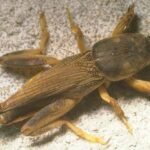 The Tawny, Southern, and Short Winged, Mole Crickets are lawn pests found in St. Augustine grass. Adults are about one and a half inches long, light brown, with enlarged forelegs that they use to dig in the soil. Nymphs look like adults but their wings are not completely developed. Short Winged mole cricket adults have the shortest wings and cannot fly.
The Tawny, Southern, and Short Winged, Mole Crickets are lawn pests found in St. Augustine grass. Adults are about one and a half inches long, light brown, with enlarged forelegs that they use to dig in the soil. Nymphs look like adults but their wings are not completely developed. Short Winged mole cricket adults have the shortest wings and cannot fly.
When mole crickets are active tunnels will be seen in the soil. Tunneling dislodges the turf and causes it to dry out. Small mounds of soil being pushed up can be seen in turf areas. Tunnels are most visible in the morning hours when dew is on the grass and the soil is moist. Adult Tawny and Southern, mole crickets are seen at night near lights.
All types can be seen walking on sidewalks and driveways. Nymphs and Adult mole cricket lawn pests feed on St. Augustine grassroots and blades at night during warm weather. Especially after rain occurs and after lawn irrigation is done. Both tunneling and root-feeding create patches of bare soil.
Mole Crickets are eaten by predators such as birds, armadillos, and raccoons, but they damage the grass when searching for them and will not get all of them. Lawn treatment from pesticides is needed when tunneling and feeding are occurring. Treat with liquid or granular insecticide labeled for lawn pests mole crickets. Mole Cricket Bait is the best for larger nymphs and adults. Baits should be applied in the late afternoon or early evening. Scatter bait evenly over the soil surface. Do Not apply if rain is expected and Do Not irrigate, after treatment of bait is done.
Final Thoughts
Lawn pests that cause problems in St.Augustine grass can be troubling if left untreated. Identifying what type of lawn insect pests are causing the damage, is important for how and what should be done. St. Augustine lawns will bounce back and remain healthy with proper lawn control.

